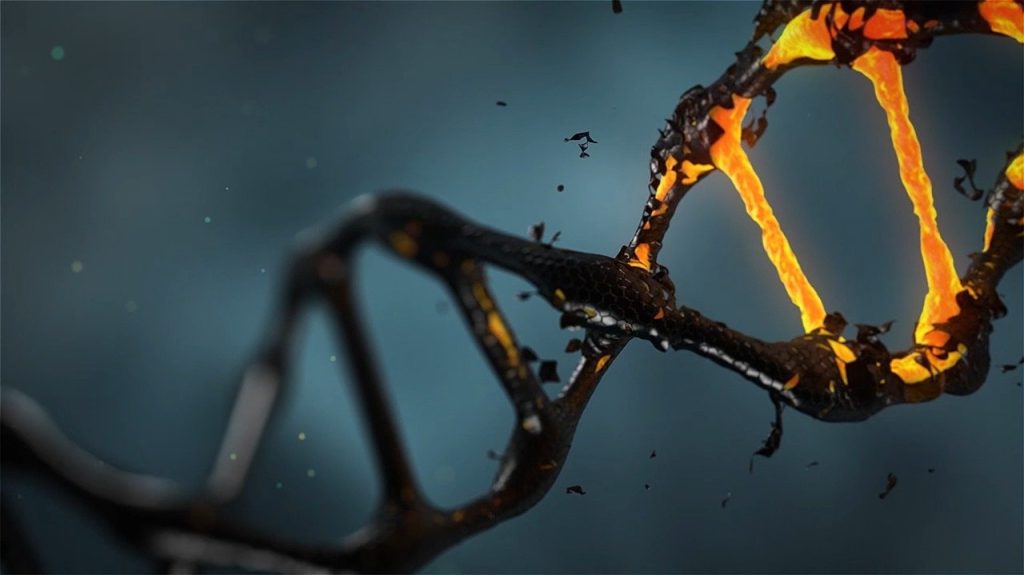‘Chemical Nose’ Sniffs Out Cancer-causing DNA Folds

Small folds in DNA structure have been implicated in breast cancer and other diseases have been elusive until a team of researchers developed a “chemical nose” to seek them out.
In the journal Nature Chemistry, chemists at UC Riverside describe the development and testing of a “chemical nose” enabling them to “smell” unusual folds in DNA.
“If a DNA sequence is folded, it could prevent the transcription of a gene linked to that particular piece of DNA,” explained study author and UCR chemistry professor Wenwan Zhong. “In other words, this could have a positive effect by silencing a gene with the potential to cause cancer or promote tumors.”
DNA folding could also have a negative effect, however.
“DNA folds could potentially keep viral proteins from being produced to minimize immune response,” Prof Zhong said.
DNA folds have also been examined as potential targets for chemotherapy.
To date, scientists have been unable to easily determine the effects of DNA folding on living organisms, as they lacked the proper tools to study them. In order to create one that can study the tiny structures, TUCR organic chemistry professor Richard Hooley and colleagues modified an existing concept that has previously been used to detect other things, such as chemical components in different vintages of wine.
The chemical system could be configured to seek out any kind of molecule, but it could not detect DNA in the way it was currently used. The addition of nonstandard components Prof Hooley’s group enabled the nose to sniff out its DNA target.
“Humans detect smells by inhaling air containing odor molecules that bind to multiple receptors inside the nose,” explained Prof Hooley. “Our system is comparable because we have multiple receptors able to interact with the DNA folds we’re looking for.”
The chemical nose consists of three parts: host molecules, fluorescent guest molecules, and DNA, which is the target. The guest molecules glow when the sought-after folds are present in a sample.
DNA is made of four nucleic acids: guanine, adenine, cytosine and thymine which are combined into the familiar double helix of DMA. Sections that are rich in guanine sometimes fold differently and create what’s called a G-quadruplex.
The parts of the genome that make these quadruplex structures are extremely complex, though the researchers have found that their folds are known to regulate gene expression, and aid in maintaining cell health.
The researchers sought to demonstrate that they could detect a single type of quadruplex composed of four guanines. Prof Zhong said that having accomplished this, the research team will try to build on their success.
“Now we think we can do more,” she said. “There are other three-dimensional structures in DNA, and we want to understand those as well.”
For their next step, the researchers will examine how effects that damage DNA influence the ways they fold. In addition, they also plan to study RNA folding since RNA is also important for cellular functioning.
“RNA has even more complex structures than DNA, and is more difficult to analyze, but understanding its structure has great potential for disease research,” Prof Zhong said.
Source: UC Riverside News

